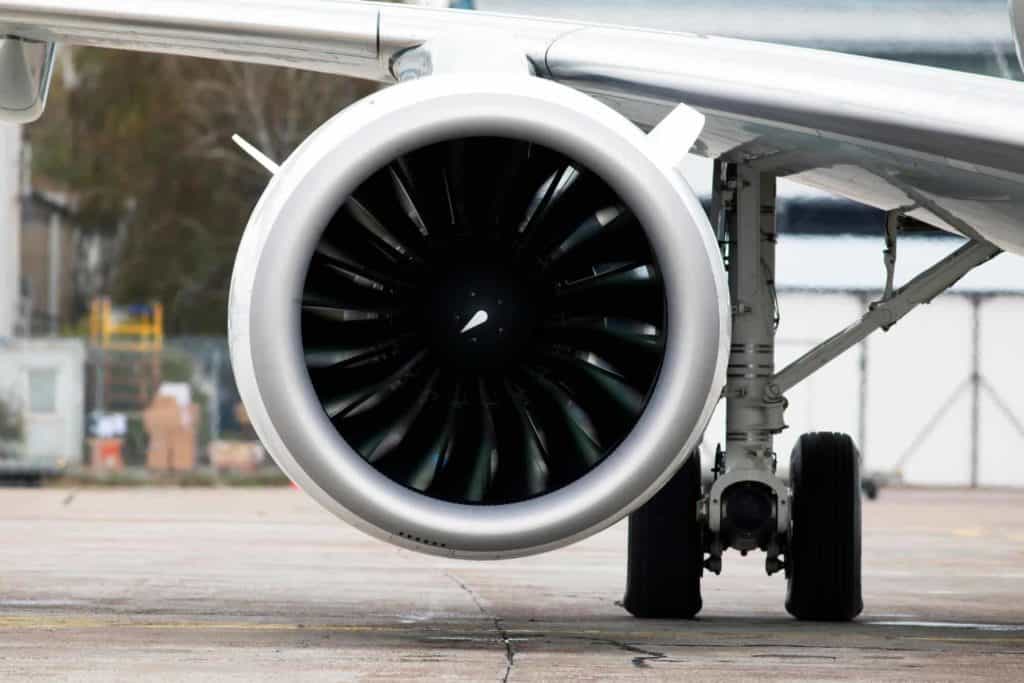Composite Structure Inspection: The Advantages of Leveraging PAUT Techniques

Composite materials offer a wide range of benefits that make them popular in many industries. They can provide all the strength of other materials, while also being lightweight and fuel-efficient. However, because of their unique design, they often present challenges in composite structure inspection.
Manufacturing can introduce flaws in composite materials that limit the efficacy of products. Non-destructive testing of composite materials allows companies to discover these flaws and make the necessary adjustments. However, because the materials aren’t conductive, options like eddy current testing that leverage electricity aren’t feasible. Instead, phased array ultrasonic testing (PAUT) is needed to record issues and ensure parts work as expected.
Common Challenges in Composite Structure Inspection
Composite materials are incredibly popular in the automotive and aerospace industries, where materials must be durable yet fuel-efficient. In fact, Boeing’s popular 787 passenger plane is made up of 50% composite material by weight. Meanwhile, the global automotive composite market grew to more than $20 billion in value in 2019. Safety is paramount in these composite-heavy industries. However, composite structure inspection creates several challenges.
- Large volume: Both the automotive and aerospace industries use a wide range of composites in their technology. Hundreds of various parts and systems require NDT testing to ensure their efficacy.
- Range of flaws: Composites can have a wide range of different types of flaws that are challenging to pinpoint. Void spaces in porous material, foreign bodies introduced during manufacturing, and fractures between layers can all be hard to find.
- Complex shapes: The intricate shapes and curved bodies common with composite parts aren’t always easy to inspect. This can create issues with probe angling that leads to inaccurate readings. The thickness of the material can also vary significantly from spot to spot, increasing challenges with flaw capture.
- High risk: Flaws in composites can lead to catastrophic conditions and mechanical failures. This opens aerospace and automotive companies up to massive liabilities and recalls that can permanently damage their brands.
These challenges make many NDT methods impractical for composite materials. Companies must find alternatives that provide speed, accuracy, and flexibility to work with these complex structures. This is where PAUT is invaluable.
How PAUT Improves Accuracy in Ultrasonic Testing
Modern composite inspection techniques leverage ultrasonic tools to improve accuracy and simplify the process. In this, ultrasound transducers fire sound into a material, while echoes reveal hidden discontinuities within it. This method provides a real-time record of the part and allows easy capture of this data for future use. Instruments that use this technology should be;
- Portable: Tests may need to occur in the field, meaning it’s necessary to choose a device that allows for easy transport and access.
- Durable: Harsh environmental conditions are common, so the PAUT solution should come in a durable case to protect the delicate components.
- User-friendly: Integrated software makes it easier to record results and report them to needed parties. It can also make calibration a simpler, more straightforward process.
| Discover more solutions in composite material inspections with our webinar. |
Equipment that incorporates these three necessities answers questions with relation to both flaws and volume while providing traceability needed for investigations in the event of an incident. However, there’s one issue that’s not resolved. That’s the ability to manage complex shapes. Poor alignment between the probe and the device can result in inaccurate readings. To combat this, the time-reversal technique within phased array may be used in place of standard methods.
Standard Versus Time Reversal Phased Array Ultrasound Testing
A standard phased array ultrasonic test requires specific alignment between the probe and the surface to ensure an accurate reading. However, composite materials come in very complicated shapes that are challenging to measure. Time reversal corrects this issue.
With this adaptive technique, front wall surface echoes compare to the time it takes the sound to travel through the material (Time of Flight). This is a basic two-step process where a surface profile is established, and data captured simultaneously. This technique eliminates issues with probe misalignment by automatically accounting for various angles. It also increases the speed of the test while ensuring accuracy remains high. Of course, it’s important to remember that even the best time-reversal PAUT process is only as good as the operator. Having someone with experience managing the inspection using equipment capable of performing it is crucial to ensuring success and accuracy.
Ultrasound techniques make composite structure inspection much more straightforward. This vital material isn’t always easy to test, as the manufacturing process itself may lead to flaws or incongruities. Choosing a time-reversal based phased array ultrasonic testing technique helps companies discover issues in their material that could lead to major problems. It’s a proactive step vital in aerospace, automotive, and other industries where consumers depend on companies to provide safe, reliable products.
Zetec provides PAUT equipment for composite structure inspection in a wide range of industries, including the automotive and aerospace sectors. Visit our contact page for more details.
